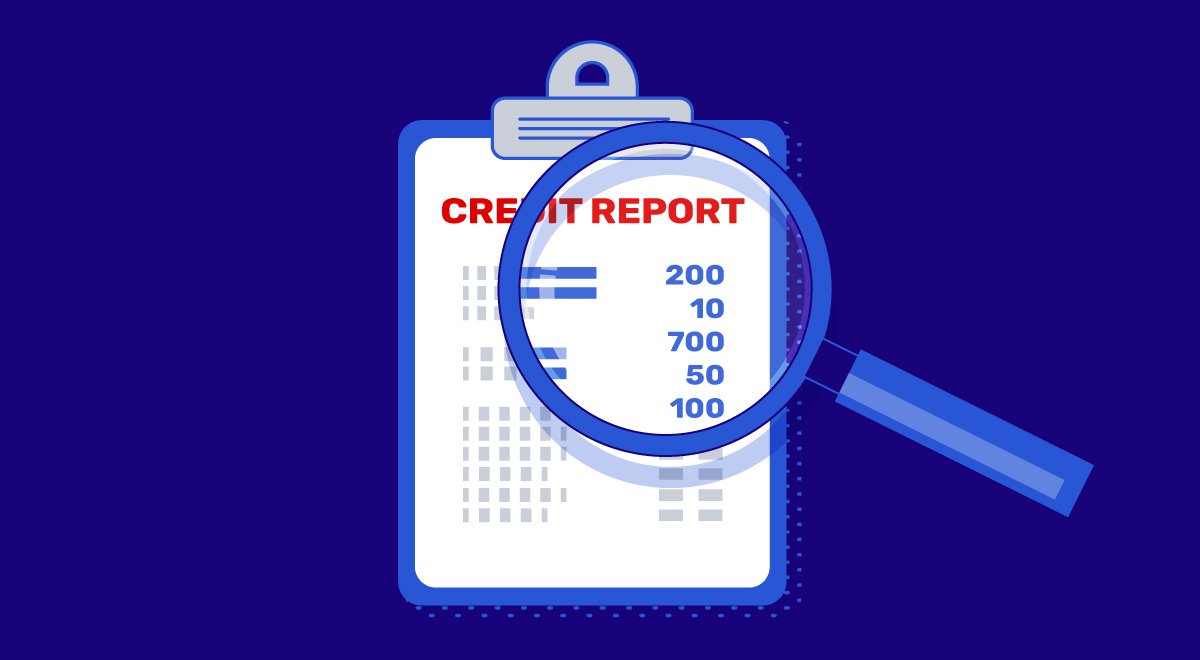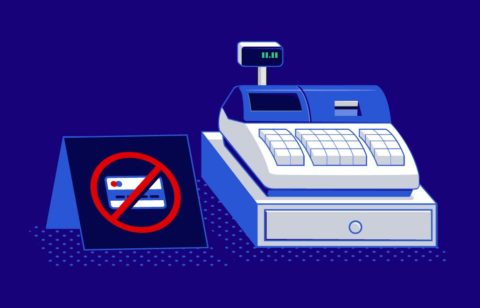Have you checked your credit lately? If you haven’t, maybe you should. Millions of people have what’s considered poor credit. While they’re in the minority, if you become one of them, it can be difficult to obtain a home or auto loan or lease an apartment. It may even affect your job. Sometimes, consumers’ credit is damaged due to reporting errors or fraud, which makes it doubly important to check it. Fortunately, it’s easier than ever these days to monitor and keep track of your credit. Beyond the standard credit score reporting that’s available through financial institutions or mobile apps, consumers can access detailed credit reports to assess the status of their credit. Here’s how to access and read your detailed credit report.
Obtaining Your Credit Report
There are several different ways to obtain your credit report. One of the best and easiest ways to do so is through the website AnnualCreditReport.com. Everyone is allowed one free credit report per year, from each of the three credit bureaus. Consumers can also opt to obtain a report from a single credit bureau every four months. Since most of the reporting done across the bureaus is similar, this will allow you to maintain consistent oversight over your credit throughout the year. Additional credit reports will typically cost you a fee, but you can obtain them at no cost in some instances, even if you’ve already ordered your annual report for the year. For example, if you’ve been a victim of fraud or identity theft and you’re attempting to protect your credit, you may be eligible for another free detailed credit report even if you’ve already downloaded one previously.
Examining the Report
Detailed credit reports are organized into several different sections, ranging from personal and public records to credit accounts and inquiries. Once you’ve downloaded your report, you’re going to use it to do two different things. First, you’ll want to gain an understanding of your overall credit picture and understand what the credit reporting bureaus are seeing. Reports about excessive debt, late payments, and other information can help you understand the state of your credit and the steps you may need to improve it. Next, scour the report for any errors or inconsistencies. While the three bureaus do a good job capturing data from creditors and other businesses you may interact with, they’re not perfect. It’s common for erroneous information to make it into a report and affect a person’s credit. Finally, reviewing your report thoroughly can help you determine whether you’ve been a victim of fraud or identity theft.
Reviewing the Personal and Public Information Sections
The first two areas you’ll need to review in your detailed credit report are the personal and public information sections. In the former, you’ll find all the information pertaining directly to you, such as your name, date of birth, social security number, and current and past residences. You’ll want to ensure that it’s correct and that any recent changes are reflected properly. The public records section will include information including civil or legal matters that affect your overall credit, such as lawsuits, municipal, state or federal tax liens, and any information about bankruptcies. Ensure that all the information is accurate in this section since much of it could have a long-term impact on your overall credit.
Reviewing the Credit Accounts and Inquiries Sections
After reviewing your personal and public information, you’ll want to review the credit accounts section carefully. This part of your detailed credit report will provide details on all your current credit accounts, their balances, and their pay statuses. This section will indicate credit accounts closed in the recent past, any accounts you may be a co-signer on, and all the accounts on which you’re currently delinquent. You’ll want to ensure all this information is accurate and use it to address any problems with current debts. Note any erroneous information, since it could adversely affect your overall credit. Finally, review the inquiries section, which reflects lenders and merchants who’ve pulled your credit.
Disputing Credit Report Errors
If you find an error in your credit report, you have two options. First, you can contact the credit bureau in writing to dispute the erroneous information and provide a detailed description and/or substantiate information demonstrating that the information is inaccurate. You can also contact the entity in question in the same manner to dispute the information. The credit-reporting agency is required to investigate your query and respond to it or send you a notice of why it’s not doing so. If the entity that provided the incorrect information corrects it, then it must notify all three credit reporting agencies that it has done so. After reporting an error and receiving notice that it will be rectified, users should monitor their credit score and access a detailed credit report when feasible to verify the information is now correctly reflected in the report.
Leverage Credit Reports to Strengthen Your Financial Position
Detailed credit reports are a critical tool to monitor and protect your overall credit. If you haven’t used them to assess your current financial situation, download your free credit report today and start reviewing it as soon as you can. The more you know about your current credit situation, the better chance you’ll have to improve your situation and achieve your long-term financial goals.





